Sadly this is a common problem and you’d be a very fortunate gardener if you never suffered this at some time. Don’t despair, things will improve and once you understand the problem you can start to solve it. So read on to see what you can do about zucchini (courgettes) turning yellow and rotting.
Why Are My Zucchini Turning Yellow?
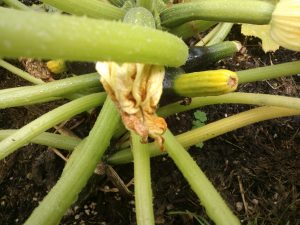
There are a few answers to this question, some are more serious than others and some have easy cures. So the easiest and obvious one is there are yellow varieties of zucchini and if this is the case you don’t have a problem. If the problem is the zucchini turning yellow and rotting then it needs addressing.
Are Your Zucchini Dying Before Maturing?
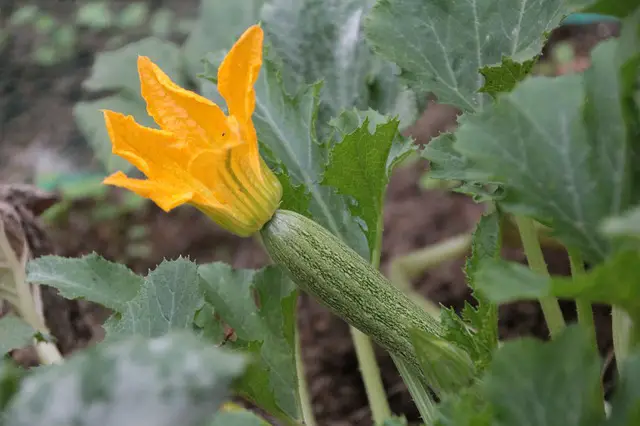
This problem has 2 main causes, firstly and most commonly, the plants are not being pollinated. Let’s look at that first, for zucchini to develop the female flowers need to be pollinated by male flowers. Not sure of the difference, don’t worry the section below shows both male and female flowers.
If your question is why are my zucchini shriveling up? Read on.
Male And Female Zucchini Flowers
Here are the male and female zucchini flowers for identification purposes.
Male Zucchini Flowers
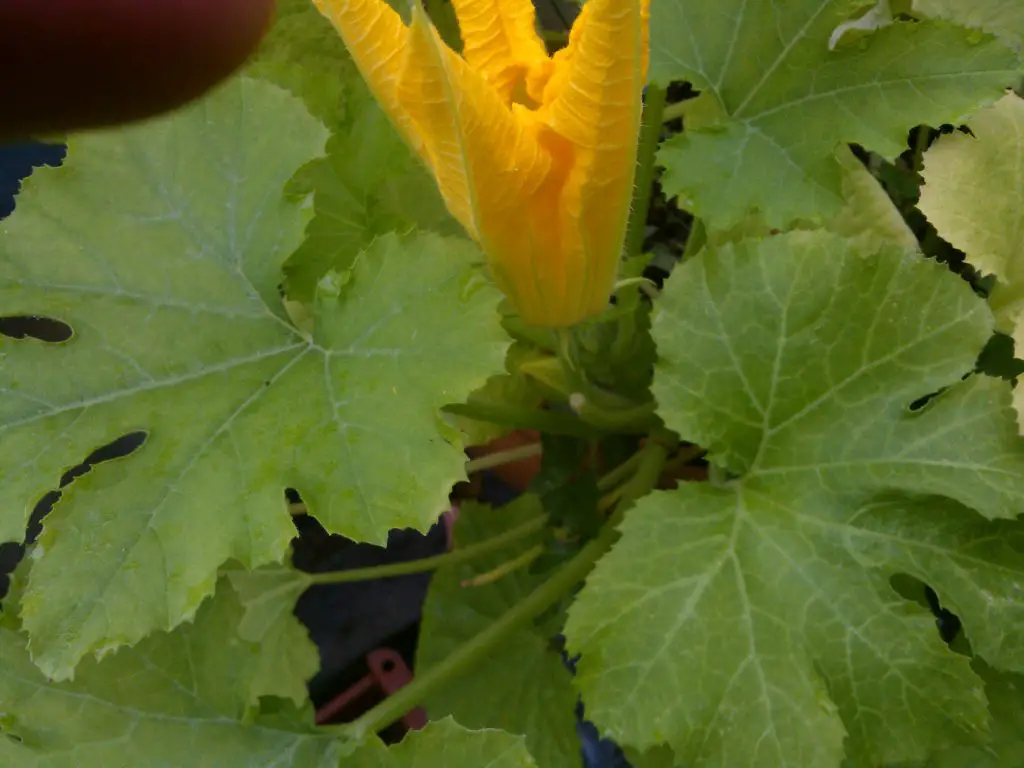
These are easy to identify because they have just a thin stem behind them and no fruit. As soon as the flower opens it can be used in pollination.
Female Zucchini Flowers
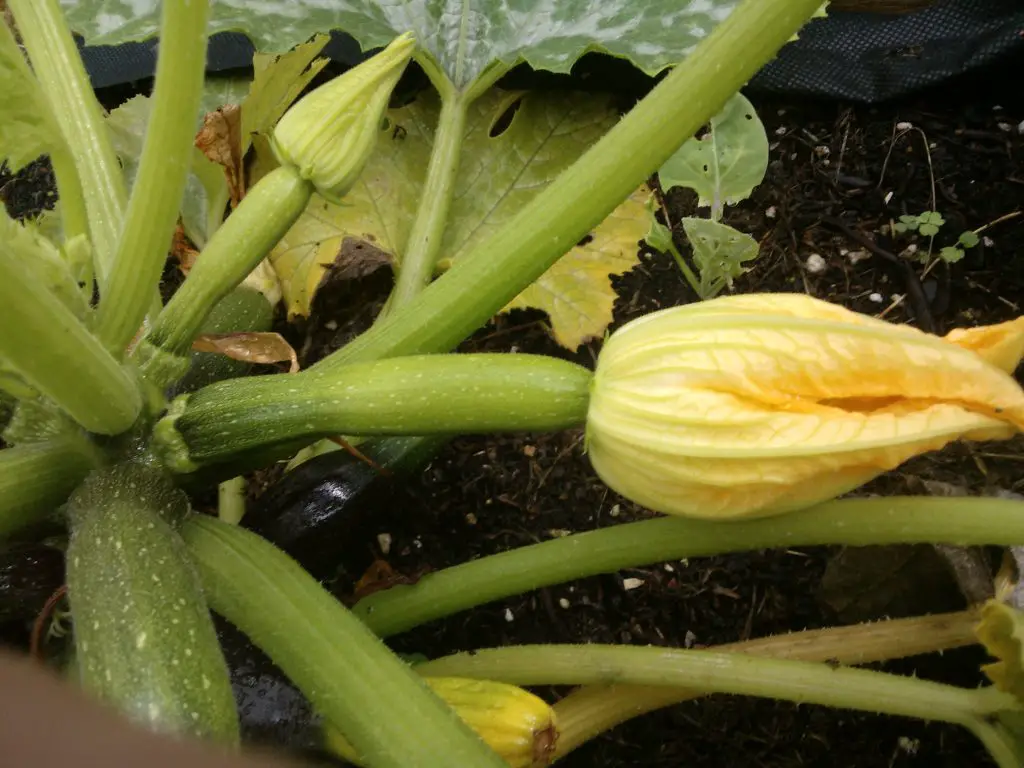
Even easier to identify because the baby zucchini is visible right behind the flower. As with the male flower, once open it can be pollinated.
How To Pollinate Zucchini
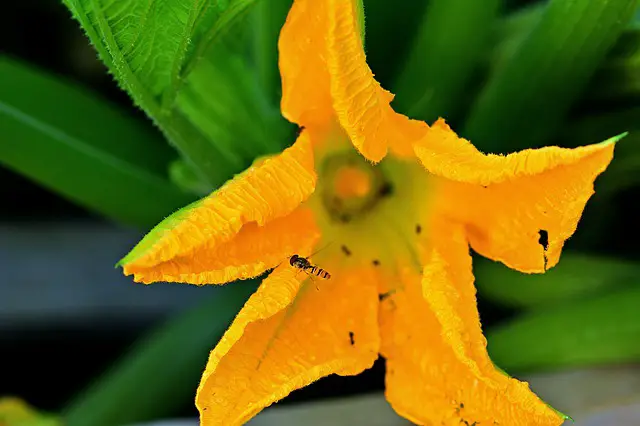
In most cases pollination is done by insects on the search for nectar. So to ensure insect pollination grow other plants to attract the pollinators to your zucchini plants. This is called companion planting and good companions for zucchini are:-
- Borage
- Marigold
- Nasturtium
- Oregano
For more information on zucchini companion plants (courgettes) click here. The other way to pollinate zucchini and in some cases the surest way is to hand pollinate.
How To Hand Pollinate Zucchini
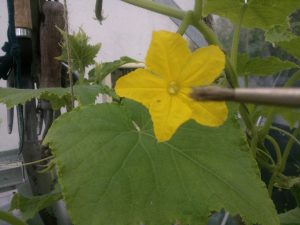
Hand pollinating zucchini is a very simple process which requires a gentle touch and a steady hand. There are 2 ways to achieve this, you can pick the male flower and gently push it into the female flower. Or the gentler way which will not cause damage to the plant is to use a small paint brush.
I prefer the childs paint brush as I have had great success using this method in my greenhouse. Plus you can pollinate upto 3 females from one male using this method. For a more detailed explanation on how to pollinate vegetables click the link.
Zucchini Flowers But No Fruit
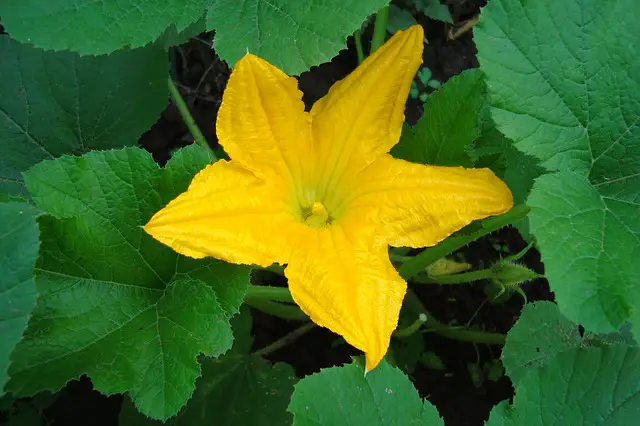
This can be lack of pollination or it can be the plant is not happy in some way. All plants are affected by heat, moisture, humidity, and nutrients in the soil. If for example it is too hot zucchini will only produce one type of flower either male or female. Without the corresponding partner, no pollination can take place.
It’s always good to grow more than one zucchini and hope that one will produce a male flower at the same time as the other produces a female flower. Don’t be too concerned though because the purpose of zucchini plants is to reproduce and this is done through fruit production. Once conditions improve the plant will balance itself with flowers and zucchini will be the result.
Female Zucchini Flowers Not Opening
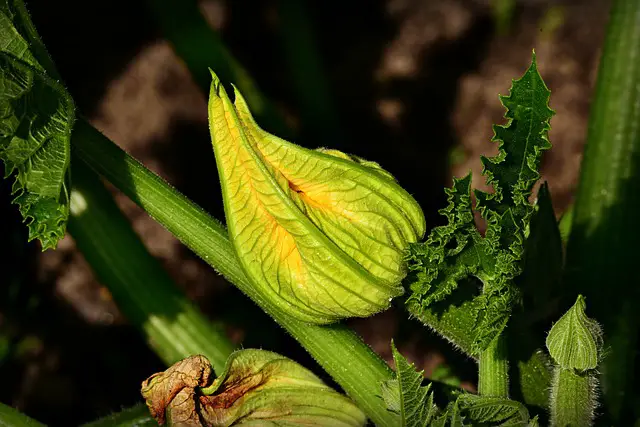
Zucchini flowers tend to open early in the morning and close as the day goes on. So for hand pollination early morning is the best time. If you miss a flower opening just wait a few days and another one will develop ( as long as conditions are optimum).
No Male Flowers On Zucchini
This is most likely due to too much heat and the plant not being comfortable. Once conditions improve flower production will improve as well.
Zucchini Fertiliser
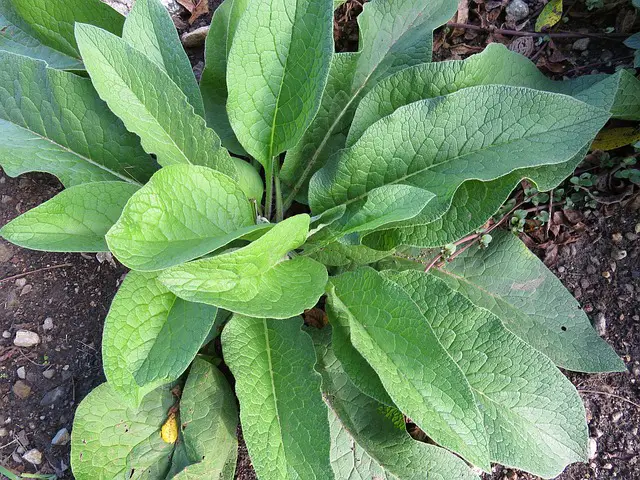
As with all heavy feeding plants, zucchini will need extra nutrients throughout the season. The best way to add nutrients is with a fertiliser of some sort and there are many types all claiming to be the best. All you need is a balance of nitrogen, potassium, and phosphorus so if you’re buying fertiliser check the label.
I think home made is best because I grow organically and I know what’s in my own fertiliser. I use home made comfrey tea fertiliser as this gives my zucchini all that they need. To find out how to make comfrey tea fertiliser click here.
If you don’t have access to comfrey a liquid tomato feed can be used instead. I feed my zucchini weekly to keep them in optimum health.
Zucchini Turning Yellow And Rotting Blossom End Rot
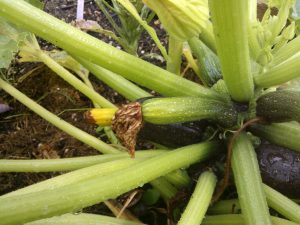
The other reason for zucchini to turn yellow and rot is Blossom End Rot . This affects all members of the squash family and tomatoes, peppers, chillies, aubergines (egg plants), and cucumbers. It is caused by a lack of calcium in the fruit and the reasons are not always due to soil deficiency.
Calcium holds the cell walls of plants together and calcium deficiency results in stunted growth, misshapened leaves and yellow, rotting fruit. Adding calcium to the soil is best done long before zucchini plants are grown. Use garden lime and epsom salts about 6-8 before planting your zucchini plants.
For more information on blossom end rot click here.
Blossom End Rot In Zucchini And Epsom Salts
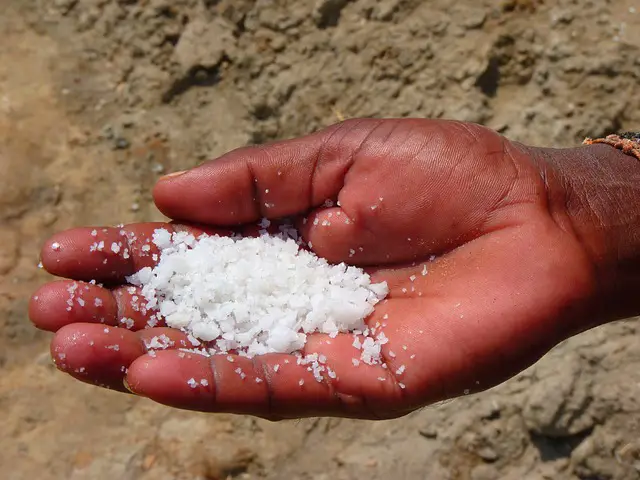
According to the North Dakota State University, adding epsom salts to the soil once zucchini have blossom end rot does more harm than good. However I am a fan of epsom salts and even they concede that it does assist the plant in uptaking nutrients. So it’s worth a try just don’t use too much.
Blossom End Rot In Zucchini and Watering
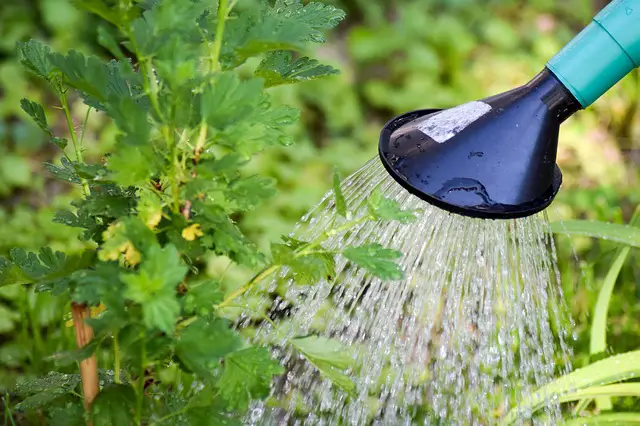
Another common cause of blossom end rot is irregular watering. If your plants don’t get watered evenly they won’t be able to uptake minerals (in this case calcium) when needed. I have had zucchini that have suffered from blossom end rot that have gone on to produce many fruits after changing my watering regime.
Always remove rotting or decaying fruit and if blossom end rot is the problem look at nitrogen levels not calcium. This is because increased nitrogen causes increased leaf growth and more leaves need more calcium… You see where I’m going with this, the leaves can actually deprive the fruit of calcium.

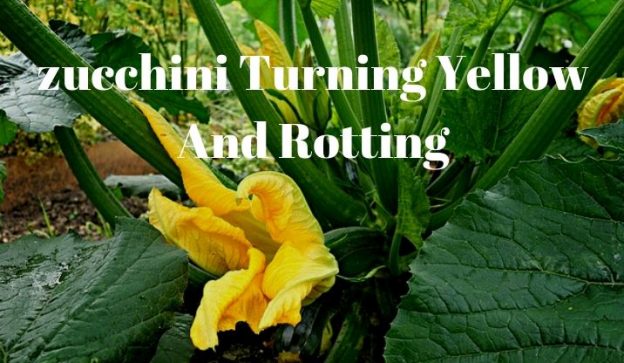
Thank you so much, I have found this page so useful, sorry it took me nearly a year to find it – this past week I have asked every gardening friend I know about this rotting problem, so now I have an answer, I can spread the good news.
Hi Wendy,
Thanks for taking the time to comment.
I’m so glad that my post is helpful to
you and I hope you can solve the
problem.
All the best
Steve
Thank you, it is the first year I have grown this plant, we call it courgette in the UK. I have learned a lot from this website and tomorrow I will tend my plants using the knowledge I have gained.
Hi Ann,
Thanks for taking the time to comment, I really appreciate all the comments I receive.
I am also in the UK, it’s just as google is from America, for my page to rank on google I have to use the right terminology.
It makes me happy that you found my website helpful.
Happy gardening
All the best
Steve
Thank you for your helpful guide … both words and pictures!
Thank you Joanna, for taking the time to read and comment on this post.
I really appreciate it.
All the best
Steve
Thanks for the info in your excellent post . This is the first year I am experiencing blossom rot . Both in my zucchini and delicta squash. Pretty disheartening as I have thrown away so many . I suspect it is lack of calcium in the soil in my raised beds per your post. I did remove some leaves yesterday , before reading your post. I have both male and female flowers . I have lots of bumble bees in my yard and I am hoping by exposing the flowers, they would do the pollination? Unsure what the problem is in my delicate squash though . Help !
Hi Elizabeth,
Thanks for reading my post and for your kind words, I have a couple of questions for you.
Firstly, are the plants receiving consistent amounts of water?
Have you tried to hand pollinate the female flowers?
You can click the link in this post to see how to hand pollinate.
I hope this is helpful.
All the best
Steve
Thanks Steve . Yes , during Covid 19 , my garden is getting a lot of tender loving care . So consistently watering . Besides , we get lots of rain here in the Pacific NW .
No , I have not tried hand pollination. Thinking the bees are doing it . I will try .
Stay tuned .
Good luck Elizabeth I hope you get lots of squash.
If I can be of anymore help don’t hesitate to ask.
Hi Steve,
My zucchini plant has went through blossom rot and I added calcium, which stopped the blossom rot; however, now, it appears the intersections of my vines have a wet, oozy rot. I have been able to get a beautiful zucchini and have another growing, but I’m concerned about this rot. After seeing the rot, I also realized the plant had been invaded by Mexican Bean Beetles. It was then sprayed with 7 liquid and the beetles have disappeared, bit the rot is still very strong.
Hi Johnette,
That sounds more like squash vine borers than Mexican bean beetles to me, but as I haven’t seen them I can’t be sure.
Mexican bean beetles only damage bean plants. I’m sorry but it sounds like you’re going to lose those plants. I wouldn’t grow any members of the squash family in that area again for a few years.
That includes winter squash, summer squash, melons or cucumbers.
All the best
Steve
Thank you for this guide. I learned a lot from reading and looking at the photos. I’m going to try hand pollinating first thing in the morning.
Hi Marie,
Thank you so much for your comment. I wish you the best of luck with the hand pollinating.
If there is ever anything else I can help with don’t hesitate to ask.
All the best
Steve
This is very informative….just unsure where to go from here. I have the blossum rot on 3 plants. I water daily and have removed all laves with any dust (since the season began) I had 3 zucchini’s 8-9inches…. then none. I have 1 on the vine now, but al others rot off.
Epson salt? Calcium? Not sure what to do.
Cheryl
Hi Cheryl,
Have you tried hand pollinating the zucchini? Often it’s not BER at all but a poor pollination rate…Here’s a link to my post how to pollinate vegetables for more information.
https://growing-guides.co.uk/how-to-pollinate-vegetables/
I hope this helps
All the best
Steve
Thank you very much, your advice was extremely helpful.
Thanks for taking the time to comment Bill.
I’m glad you found this helpful.
All the best
Steve